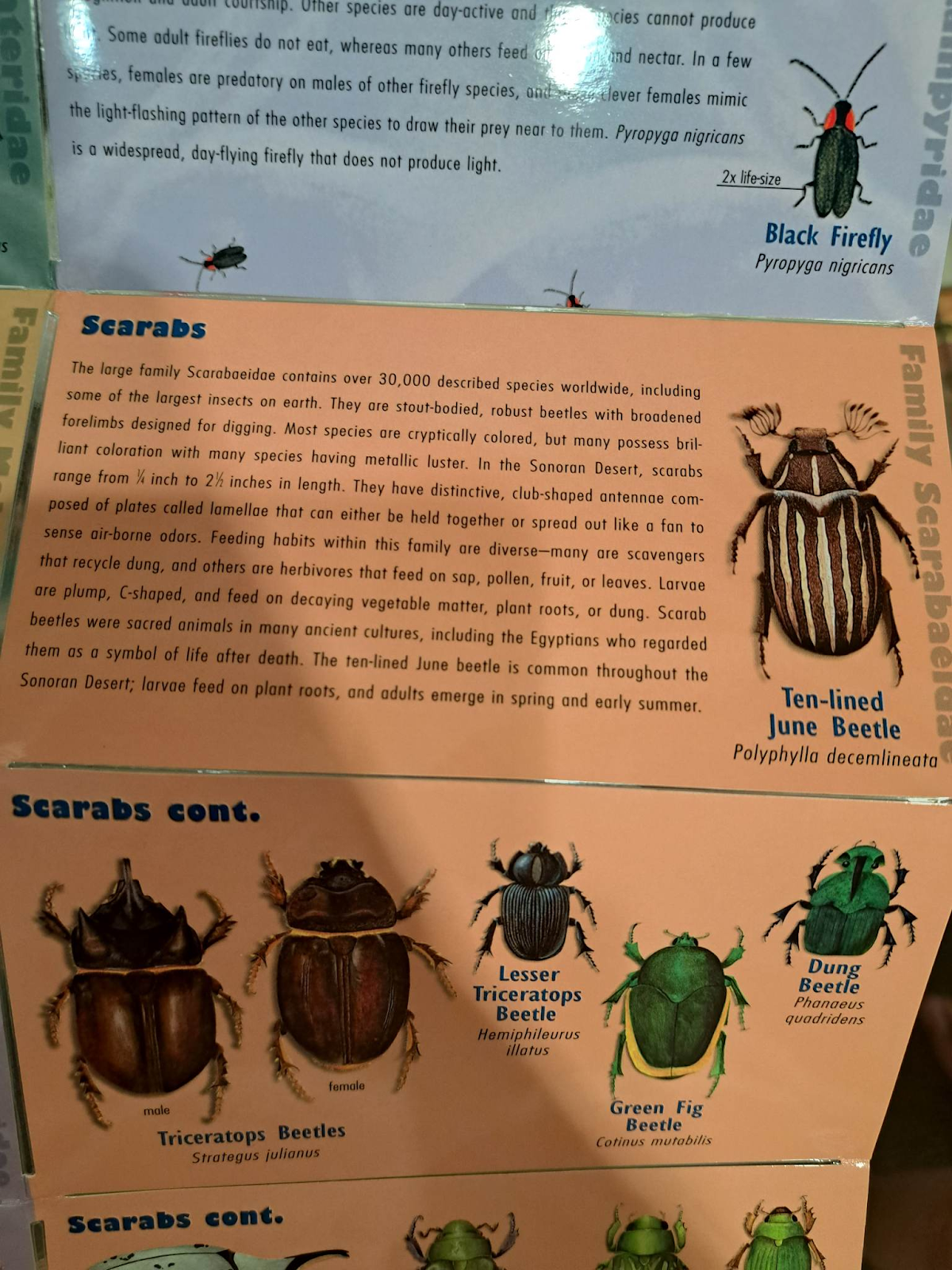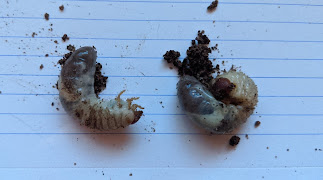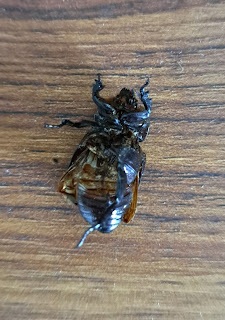Misc

June 16, 2023: At a museum in Tucson, I found a pamphlet, Beetles of the Sonoran Desert by Wendy Moore from Getgo Guides. I found H. illatus in it, and for the first time, it had a common name attached. I'm glad to know it but I wish it had something a little more unique and well-suited to them than the lesser triceratops beetle, especially since the third horn is basically nonexistent on this species and females barely have any horns at all. Still, it was great to learn this; like hanging out with someone for awhile without ever having introductions, then finally learning their name. I hoped searching for the common name would bring up a lot more info. There wasn't too much but I did find my favorite insect vendor, Bugs in Cyberspace, has sold adults in the past so I'm looking forward to being able to buy some.

